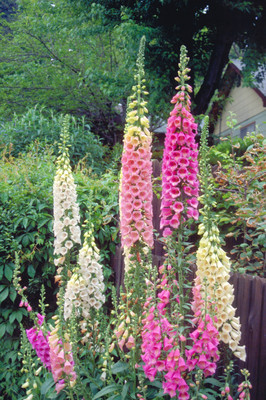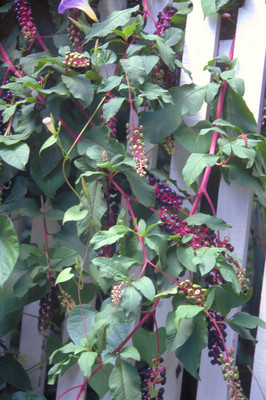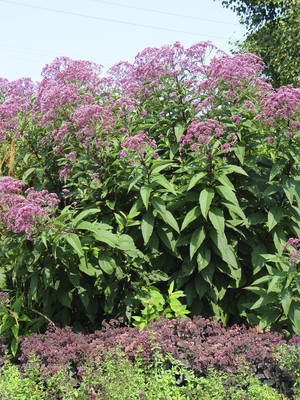Botany of the Confederacy
It was not President Lincoln's Union Army that dealt the Confederacy its greatest blow. While 94,000 Southerners died in battle, a staggering 164,000 died of disease. Much of the suffering was due to a rapidly declining supply of medicine in the South as blockades restricted importation of all essentials.
When enemy camps were overrun, speculators raided the medical stores capturing morphine, quinine and chloroform to resell at 50 times their original value. It was such a problem that General Lee called upon the secretary of war to put an end to the practice.
In anticipation of this supply problem, Surgeon Major Francis Perye Porcher set about creating a manual on indigenous botanical substitutes titled "Resources of the Southern Fields and Forests, Medical, Economic and Agricultural."
Published in 1863, the 600-page book was distributed to medical officers to help aid the sick and wounded. It is said to have helped so many that Confederates were able to hold off the Union Army for two additional years.
In the South, problems with disease were epic due to bad water, lack of food, parasites and mosquitoes. Inability to import quinine made botanical substitutes invaluable. The major killers were intestinal disorders, typhoid fever and dysentery. To a lesser extent pneumonia and tuberculosis took their toll.
This great botanical work of the Civil War tells us of the state of folk healing at that time. With an emphasis on plants of the South, it is a fascinating read. Thanks to the Internet and the University of North Carolina, this formerly obscure text is online and free for everyone to peruse. It's posted at http://docsouth.unc.edu/ imls/porcher/porcher.html.
The personal voice of this text is a real glimpse into the mind-set of Porcher, who ranged far beyond healing. He predicted the Confederacy's dearth of all things in war time. Not only does he offer the directions for preparation of the useful plants, he adds fascinating background on the source of these applications.
Regarding poke weed he states, "A spirit distilled from the berries killed a dog in a few moments by its violent emetic effect. The French and Portuguese mixed it with their wine to give it color, and this was prohibited by royal ordinance of Luis XIV, 'on pain of death, as it injured the flavor!'"
Malaria became a constant problem where insects swarmed like a plague in swamps, marshes and bayous. Porcher prescribes "Boneset tea used hot, in the cold stages of malarial fever, and cold in the hot stages, is believed by many physicians in South Carolina, who have used it since the beginning of the war, to be the very best substitute for quinine. It is thought to be superior to either poplar bark, willow or dogwood."
Boneset is also known as Eupatorium, now a popular garden perennial. In the text it is noted that, "Dr. Chapman found it one of the most effectual remedies in the epidemic called break bone fever." It is also known to be used by slaves of the Southern plantations to treat typhus and is so noted as a useful application by Porcher.
This is just a small taste of what's contained in this most amazing work. Not encumbered with excessive botanical-speak, it is a compendium of valuable information known to many Southern women, particularly those hardscrabble farmers who did not have the luxury of owning slaves.
"The low bush myrtle, indigenous to our coast from Virginia south, the berries of which are now mature, will afford a supply of wax that, with the addition of one-third tallow, will furnish candles sufficient to light every house in the Confederacy for next year."
It is the true history of the American South, detailing how our nation used plants to settle a wild and hostile country. This cumulative knowledge is truly amazing considering the losses to disease in peacetime became infinitely greater with the deprivations of war.
Maureen Gilmer is a horticulturist and host of "Weekend Gardening" on DIY Network. Contact her at her Web site www.moplants.com or visit www.diynetwork.com.
























